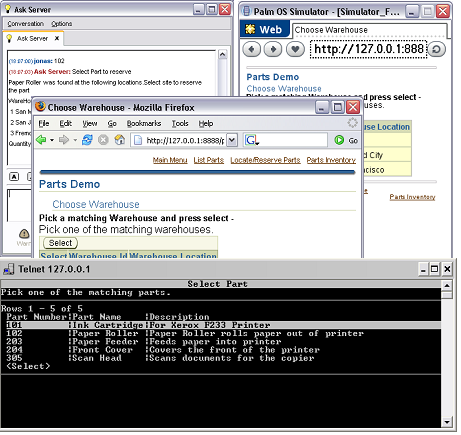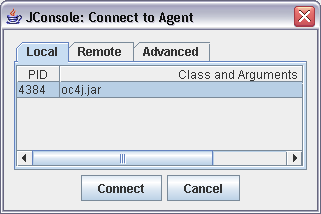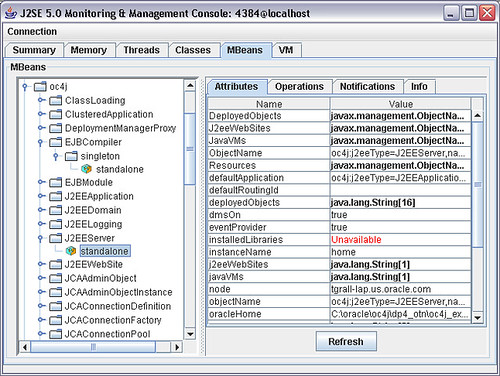In this entry I am explaining how to use the JSR-223 Reference Implementation into Oracle Containers for J2EE (OC4J).
Note: I have done this only on Windows XP Platform, I did not test on Unix/Linux yet.
1-The first thing to do is to download the JSR-223 Reference Implementation from the JCP Web site.
2- Unzip the sjp-1_0-ea-windows-i586.zip in a directory let say d:\java\jsr223-ri.
3- You can choose here to do a proper installation (requires perl) or not. The *proper* installation preconfigure Apache Tomcat and the JSR-223 command line demonstration. Since what we are trying to achieve is to install the RI inside OC4J you do not need to do the installation.
4- Download
this zip file
that contains a Ant task and various files to configure and deploy the JSR223 sample into OC4J.
4.1 To execute the Ant script you must start to set the following environman variables:
- JAVA_HOME that points to the JDK home
- ORACLE_HOME that points to the OC4J home (eg: d:\oracle\oc4j)
- JSR223_HOME that points to directory where you have unzipped the JSR223 RI (eg d:\java\jsr223)
4.2 Create a startup script for OC4J using the command
ant
The default target create a script names
start-jsr223.bat in the %ORACLE_HOME%\bin directory. This script set various environment variable and start OC4J with the correct system parameters to load correctly the PHP scrip engine from Java.
4.3 Start OC4J using the created script
%ORACLE_HOME%\bin\start-jsr223.bat
4.4 Package and Deploy the Sample Application
ant deploy
This target packacge the Web samples from the reference implementation in a ear/war file, modifying the
web.xml to define the different servlet mapping needed by JSR223.
5 Use the sample application
http://localhost:8888/jsr-223
You can start to use PHP in OC4J ;-) Take some time to read the sample code and specifications. JSR-223 is not only for Web container but also for JS2E, it is so interesting that the JSR-223 will probably be part of Mustang...
 For the first time since 2001, I was not participating at OOW... As you may know I have moved back to France and now working for a new company Sogeti. So I am quite happy to se that once again all the presentations are available for download there:
For the first time since 2001, I was not participating at OOW... As you may know I have moved back to France and now working for a new company Sogeti. So I am quite happy to se that once again all the presentations are available for download there:









